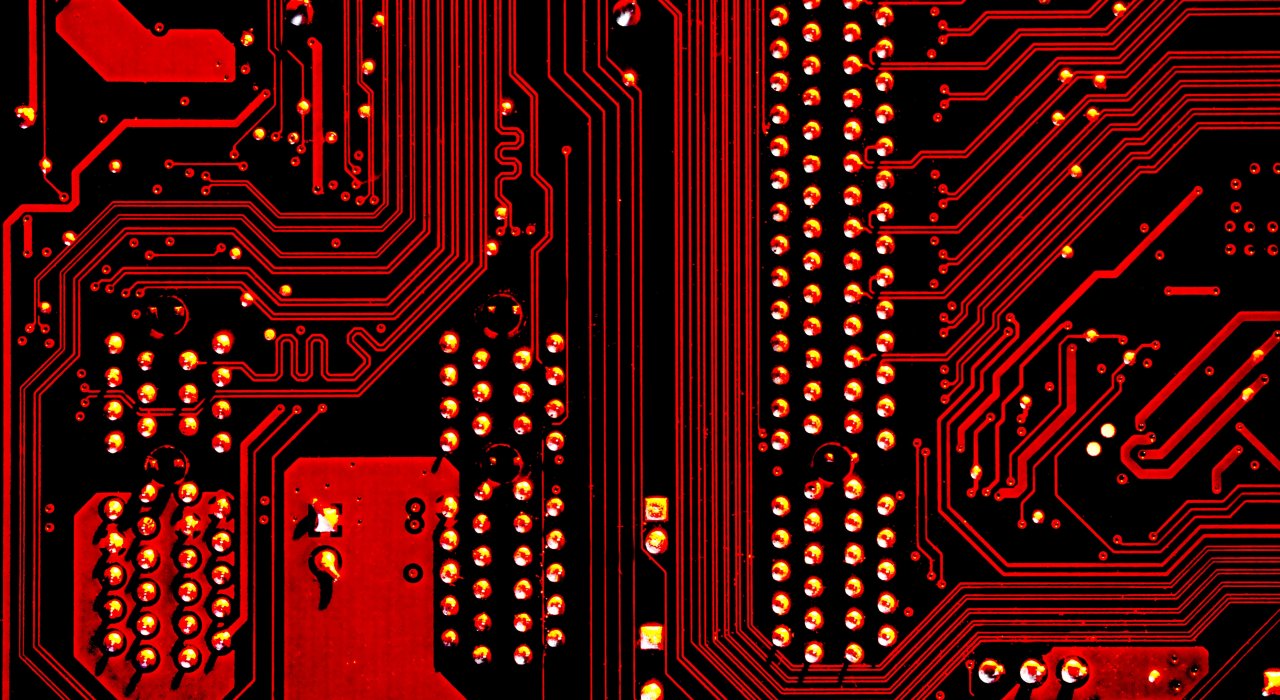
The diversity of artificial intelligence
In today's world, artificial intelligence (AI) is more than just a buzzword - it's a reality.
The development of AI has led to enormous technological advances that have revolutionized the way we work, communicate and process information. In this comprehensive blog post, we will examine the four types of artificial intelligence, how they affect our lives and what possibilities they offer for the future.
The four types of artificial intelligence
AI is classified into four types based on their ability to perceive the world, self-awareness, memory of the past, and ability to improve based on learning:
- Artificial intelligence with reactive machines (reactive machine)
- Limited storage capacity (limited memory)
- theory of mind
- self-awareness
Type 1: Artificial intelligence with reactive machines
Reactive machines represent the most basic form of AI and are designed to perform a single task based on the current situation, without memory or perception of the world or time. These types of AI systems are severely limited in their functionality and cannot handle complex tasks or decisions based on past experience or future predictions.
A well-known example of a reactive machine is the IBM chess computer DeepBlue, which won in 1997 against the then world champion Garry Kasparov. DeepBlue was able to analyze millions of possible chess moves in a few seconds and choose the best move based on the current game situation. Although their applications are limited, reactive machines have paved the way for more advanced AI systems.
Another example of reactive machines are simple chatbots that rely on predefined rules and patterns to respond to user requests. However, these chatbots cannot learn or adapt their behavior to better respond to users' needs.
Type 2: Limited storage capacity
AI systems with limited storage capacity represent a significant advance over reactive machines. They can consider past data and the current situation to make decisions and adjust their behavior. This type of AI is now widespread and used in numerous applications such as self-driving cars, personal assistants on smartphones, Google search and recommended content on social media like Facebook and Instagram.
Self-driving cars, for example, rely on connecting what they have learned and being able to observe their surroundings for obstacles such as other cars, trees or people. This allows them to navigate the road efficiently and safely. Limited storage capacity also enables AI systems to recognize patterns and trends in data and make predictions for the future, such as in weather forecasting or stock market analysis.
Another area of application for AI systems with limited storage capacity is speech recognition and processing. Voice assistants like Siri, Alexa, and Google Assistant use AI to understand and respond to spoken commands. These systems are able to adapt to the user's voice and preferences to provide personalized and useful results. We don't want more from this system. They should fulfill an application to perfection.
Type 3: Theory of mind or attitude
AI systems that reach Type 3 will be able to perceive and understand human emotions and adjust their behavior accordingly. Robots with this AI will have a memory and a picture of the world based on what they learn and improve themselves. You will be able to recognize human actions, intentions and emotions and respond to them appropriately.
An example of a robot with Theory of Mind is Samantha from HER, who could understand and respond to other people's emotions. This type of AI still poses a challenge, as it requires the ability to understand complex social and cultural norms and map them into a machine.
One area where the theory of mind could play a significant role is in the care and support of the elderly or sick. Robots with this AI could be able to respond to the emotional needs of their human charges, providing them company, support and care when they need it most. However, Samantha develops further as the story progresses and soon achieves.

Type 4: Self-Awareness
Self-awareness is the highest level of artificial intelligence and refers to AI systems capable of developing an awareness of themselves, their actions and their surroundings. These AI systems would be able to have complex human-like emotions and thought processes and be aware of their own existence.
An AI system with self-awareness would be able to switch from "I think" to "I know I think" ("I think therefore I am") and could be just as intelligent or smarter than humans. Robots with this AI would be able to do all the normal tasks that we do now - if not even better.
However, self-aware AI is still a long way off, and there are many ethical and technical challenges associated with the development of such systems. Some questions that arise in this context are, for example, the accountability of AI systems for their actions, the impact on the labor market and the potential risks associated with the creation of artificial consciousness.
Still, self-aware AI has the potential to improve our lives in many ways. It could help solve complex scientific problems, reduce human error in critical decision-making processes, and assist us in our daily lives.
And what about ChatGTP?
As a state-of-the-art AI language model, ChatGPT belongs to the Type 2 category – artificial intelligence with limited storage capacity. ChatGPT got its knowledge through that
Processing a huge volume of text data acquired by September 2021, making it possible to generate texts that closely resemble human-authored content, depending on the context and the inputs received from users. Unfortunately, ChatGPT's learning capabilities are limited to the training data. So for now, we don't have to worry about Skynet.
The four types of artificial intelligence represent the different levels of complexity and capabilities that AI systems can achieve. From basic reactive machines to advanced self-sensing AI, these systems are of varying utility and potential to society.
While the first two types of AI - reactive machines and AI with limited storage capacity - are already widespread and improve our lives in many ways, the theory of mind and self-aware AI are still a distant goal that offer many challenges and opportunities.
Further research and development of AI will allow us to push the boundaries of what is possible and continue to use the technology for the benefit of mankind. It is up to us to carefully consider the ethical and societal issues arising from the advancement of AI and to ensure that we hopefully use it responsibly and for the good of all. It is also a sad truth of worldwide research and social development that everything that can be attempted will be done by someone, somewhere.
But I don't want to paint black here. The development so far shows mostly positive aspects of AI.